NEW RESEARCH SUGGESTS that fewer than 10% of people in the U.S. had antibodies to the coronavirus in the middle of the summer, which would mean the country is a far way off from herd immunity.
For the study, which was published Friday in the journal The Lancet, researchers performed antibody testing on the plasma of over 28,000 patients on dialysis in July. The patients are an important population to study because they have similar risk factors for contracting COVID-19, according to the study authors.
“Not only is this patient population representative ethnically and socio-economically, but they are one of the few groups of people who can be repeatedly tested,” Shuchi Anand, the director of the Center for Tubulointerstitial Kidney Disease at Stanford University and the lead author of the study, said in a statement.
The study reinforces previous research that minorities have been hit harder by the pandemic. It found through researching patients’ ZIP codes and census data that people living in mostly Black and Hispanic neighborhoods were two-to-four times more likely to have had the virus than non-Hispanic white populations. Poorer and more densely populated areas also had higher likelihoods of COVID-19 infections.
Prevalence of antibodies ranged widely based on region – from less than 5% prevalence in the West to more than 25% in the Northeast, according to the research.
The study also reinforces that idea that many cases have gone undetected. It estimated that fewer than 10% of the patients had been diagnosed with the virus through comparing the dialysis data with case counts per 100,000 population from Johns Hopkins University.
“This research clearly confirms that despite high rates of COVID-19 in the United States, the number of people with antibodies is still low and we haven’t come close to achieving herd immunity,” Julie Parsonnet, a study author also from Stanford University, said in a statement. “Until an effective vaccine is approved, we need to make sure our more vulnerable populations are reached with prevention measures,” she said.
Researchers note several limitations, including that dialysis patients might be more likely to die or need hospitalization from the virus, so a survival bias could yield lower estimates.
Still, the study’s estimate lines up with what the Centers for Disease Control and Prevention has previously stated. In late June, CDC Director Robert Redfield said that 20 million people, or 5-8% of the population, had been infected. Redfield told Congress this week that he still believes over 90% of the U.S. population is susceptible to the virus.
But Redfield’s comments were contradicted by White House adviser Scott Atlas, who on Wednesday said the CDC director “misstated” the data, arguing that it was “old” data from March.
It’s not the first time the Trump administration has tried to sow doubt in Redfield. Just last week, President Donald Trump said the CDC director was wrong to say a vaccine wouldn’t be available to the general population until later next year. According to Trump, “under no circumstance will it be as late as the doctor said.” The president later said the U.S. will have enough coronavirus vaccine doses for every American by April.

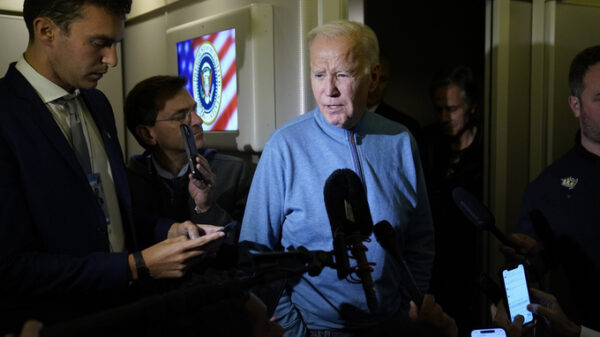





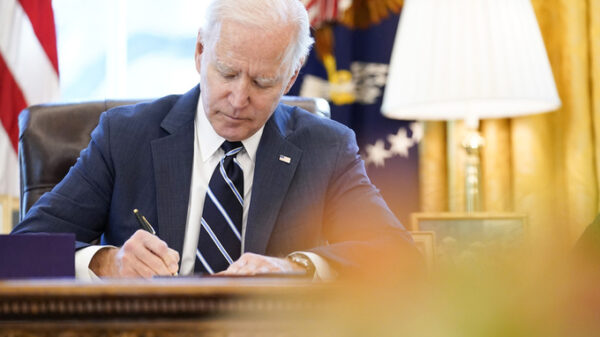




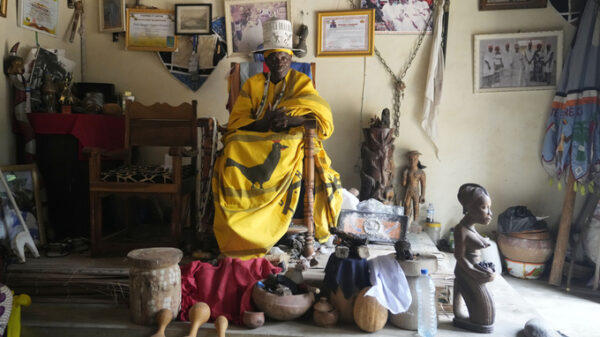






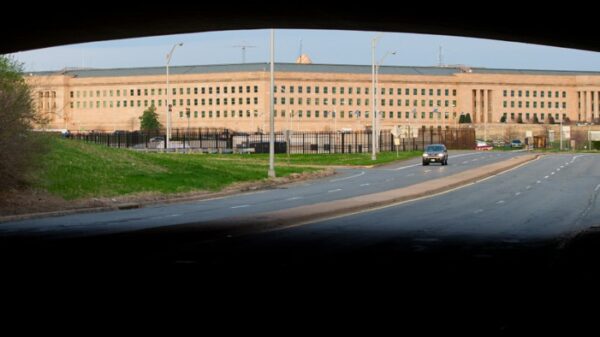

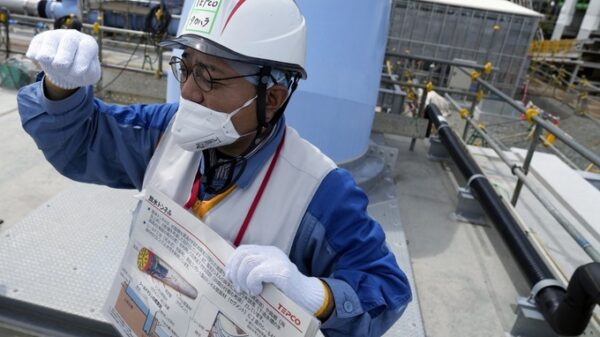





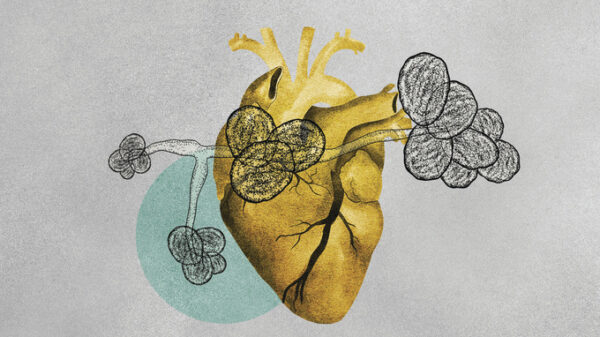
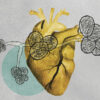
You must be logged in to post a comment Login